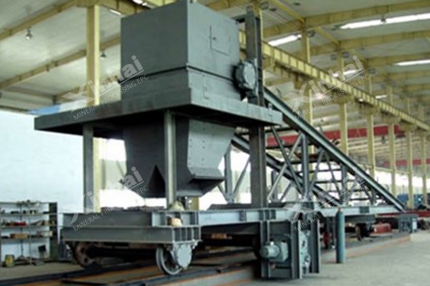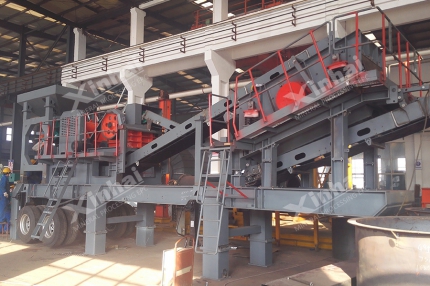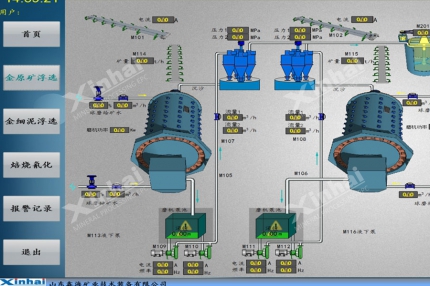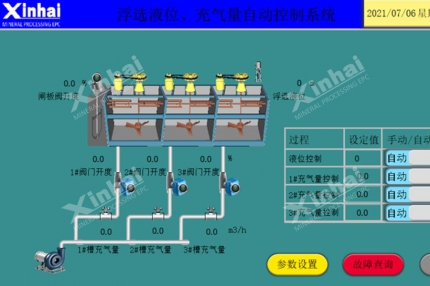Once you've dug up some ore, you've gotta check what's in it—especially the gold. That's what ore testing is all about. Before you jump into extracting gold, you need to know if the gold ore's grade is worth the effort. It's a big deal for your bottom line. Mining costs can add up fast, so you wanna be sure the profits will outweigh 'em.
Truth is, gold ore isn't just gold. It's got silver, copper, lead, zinc, and other stuff mixed in. Figuring out what's in the raw ore is step one—and it's super important. This article takes a look at gold ore testing, using gold as an example to walk you through the process and key stuff to know. Let's dive in!
Use the table of contents below to navigate through the guide:
01Why is Ore Testing Necessary?
Ore testing matters a lot in mining. It's like a roadmap for your project. First, it helps with resource evaluation. You learn how much valuable stuff—like gold—is in the ore and how good it is. This shapes your exploration plans and budget decisions. Without testing, they'd have been guessing. Next, ore testing improves process optimization. It gives you data to tweak steps like crushing, grinding, or separating.
Ore testing also helps with environmental management. By spotting harmful elements like arsenic early, you can plan to reduce pollution. A mine in Canada, for example, used tests to manage tailings and avoid hefty fines. Finally, more testing saves money. It cuts waste and boosts recovery rates.
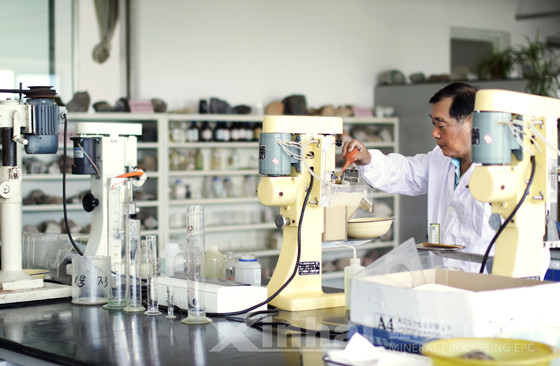
In short, ore testing answers some questions:
1. What's the real gold ore grade in the deposit?
2. Is the gold free, tied to sulfides, or stuck in gangue minerals?
3. Which processing method gets the most gold out?
Answering these early avoids expensive mistakes. You'll move toward practical, budget-friendly solutions. Let's break down the steps of mineral assay and testing.
02Sampling and Preparation in Gold Ore Testing
Before you start gold ore testing, you need samples from the ore body. The catch? Those samples must represent the whole deposit. If they don't, even top-notch lab work can lead you astray. So, the first step is careful sampling and preparation. Getting representative samples is crucial. You'll need to collect enough raw ore—20–50 kg for small deposits and 100–200 kg for larger ones.
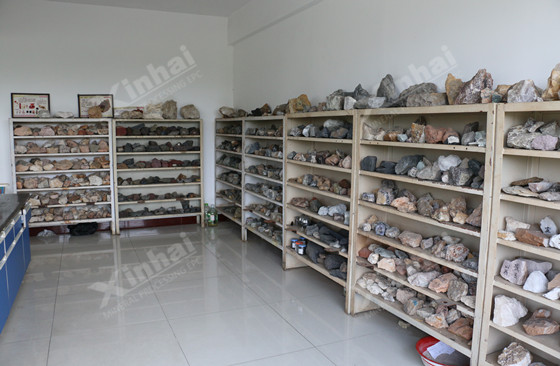
Take samples from different spots and depths. Then, you crush, mix, and split the ore to make uniform samples for testing. Each sample is labeled with details, including mine location, sampling spot, depth, and date. This helps track results later.
At Xinhai Mining Research Institute, we understand that ore testing needs to be specific to each client. We start by talking with clients to learn about their ore bodies' geology, their production goals, and their budget needs. Then, our metallurgists create a customized sampling and testing plan. This plan involves collecting representative samples and conducting tests in the laboratory. This way, the results are accurate and useful for designing plants, planning costs, and increasing long-term mine profits.
03Laboratory Testing for Gold Ore Testing
Once the samples are ready, they are sent to a mineral testing laboratory for a thorough examination. The goal? Gather data on the ore's makeup, how gold exists in it, and what processes might work best. This usually covers five main tests, like checking the ore grade or spotting minerals that hold gold.
Testing Items | Core Technologies | Testing Objectives and Application Value |
Gold Ore Grade Analysis | Fire Assay | Determine gold content (unit: g/t) |
Multi-Element Analysis | ICP-OES、ICP-MS | Test associated elements such as arsenic, antimony, copper, and carbonaceous matter to assess potential interference with subsequent leaching processes (e.g., arsenic inhibits cyanide leaching of gold). |
Mineralogical Studies | Microscope observation、XRD、XRF | Identify the occurrence state of gold(free gold, encapsulated gold, or adsorbed gold), which determines the beneficiation or smelting process to be employed. |
Particle Size Distribution Testing | Laser Diffraction Particle Size Analyzer | Measure the particle size range to define the required grinding fineness for subsequent processing. |
Thermogravimetric Analysis (TGA) | Thermogravimetric Analyzer | Determine loss on ignition (LOI) at different temperatures to evaluate volatile components (e.g., crystalline water, organic matter) and easily oxidized minerals (e.g., pyrite), providing key parameters for roasting processes. |
Xinhai operates a CNAS-accredited laboratory and a top-tier testing facility. We handle about 180 projects a year, working with over 70 ore types. Our setup includes equipment for crushing, grinding, gravity separation, flotation, and leaching. These tests give you a clear picture. You'll know the gold's ore grade, whether it's free or locked in sulfides, and which methods might work.
04Gold Ore Process Testing
Lab results in hand, it's time for small-scale tests to find the best process. These tests mimic real mining conditions to see what works. Here are the main methods:
★ Gravity Separation Tests (Shaking Table / Centrifuge): Great for coarse, free gold. The density difference between gold and gangue splits them apart. Tests tweak settings like shaking table stroke or wash water flow.
★ Gold Flotation Tests: Perfect for gold tied to sulfides, like pyrite. You add collectors, like xanthate, to make gold-bearing sulfides stick to air bubbles. Tests fine-tune reagent amounts, say 20–50 g/t of collector.
★ Gold Cyanide Leaching Tests: A go-to method in the industry. First, you check for arsenic or carbonaceous matter that could mess things up. Then, tests set the sodium cyanide concentration and leaching time.
★ Alternative Leaching Tests (Thiosulfate Leaching): Used for high-arsenic ores to avoid cyanide's environmental risks. Tests control pH (9–10) and temperature.
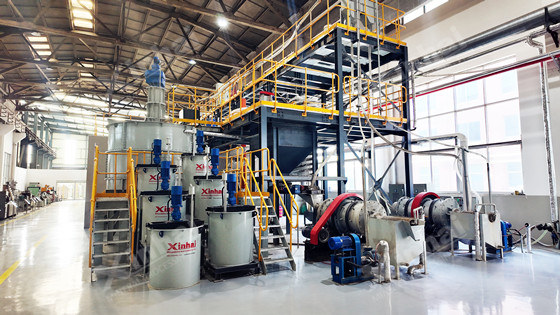
Xinhai's 2,000-cubic-meter pilot plant is packed with gear: crushers, screens, grinders, classifiers, dewatering units, and filters. We also have setups for gravity separation, washing, flotation, chemical processing, magnetic separation, electrostatic separation, and optical sorting.
Conclsion
Gold ore testing isn't just a quick lab check—it's a detailed, step-by-step process. It covers sample preparation, laboratory testing, and process validation. Skip any step, and you risk faulty data that could derail your project. Done right, ore testing gives mine owners clear, reliable, and practical results. It helps avoid costly wrong turns during investment or construction.
If you're planning a gold mining project or have ore samples ready, reach out to Xinhai Mining. We'll test your ore and design a custom process that fits its unique traits. Our goal? Help your mine launch smoothly and make the most value.


 marketing@ytxinhai.com
marketing@ytxinhai.com  0086 13810327080
0086 13810327080 

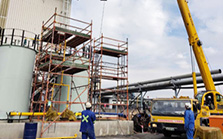


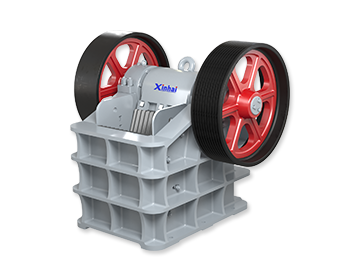
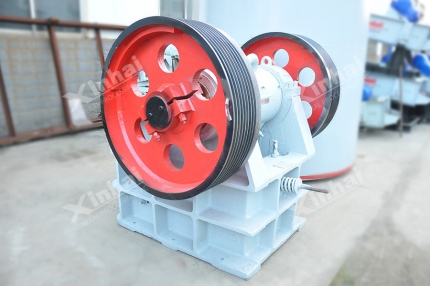

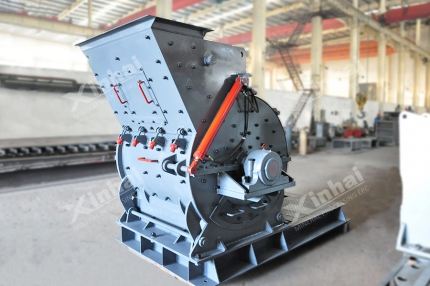
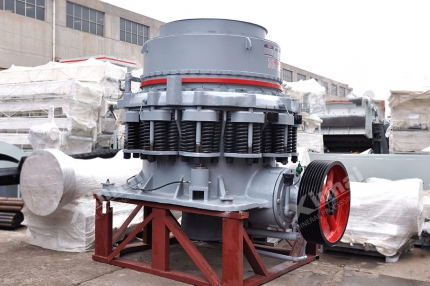
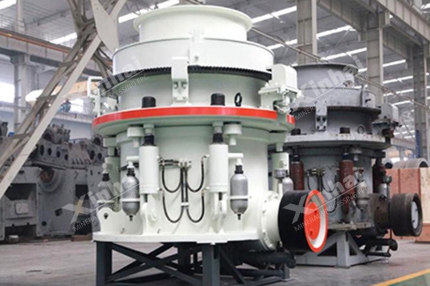
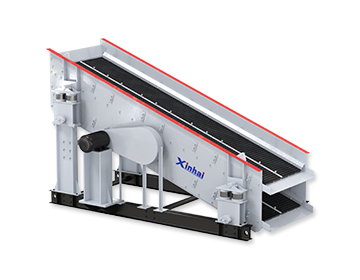
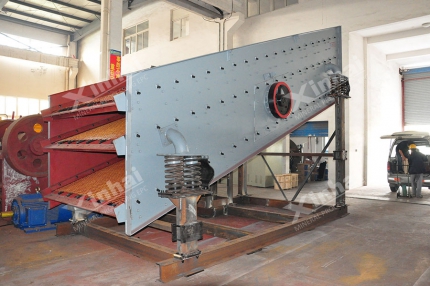
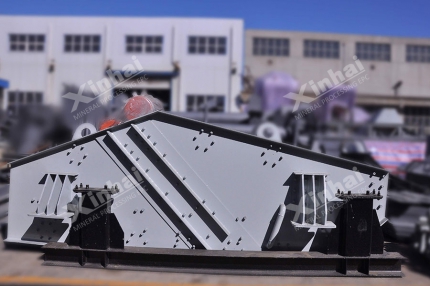
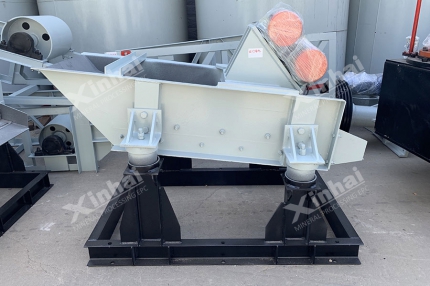
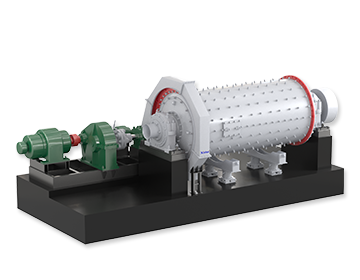
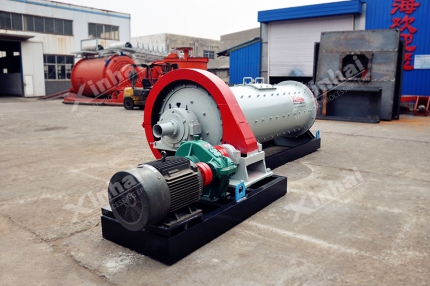
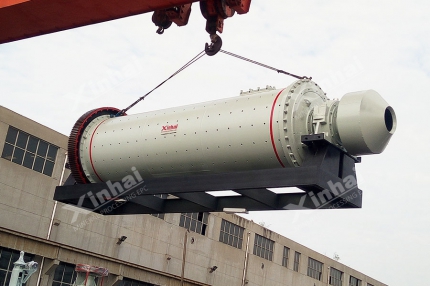
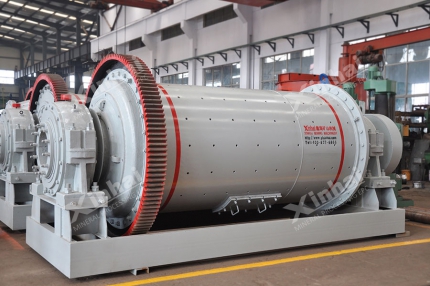

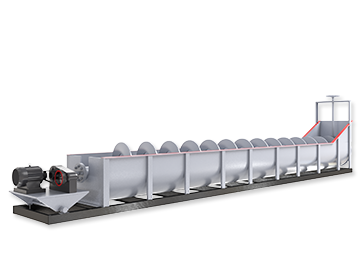
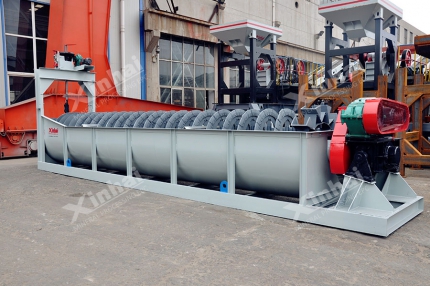

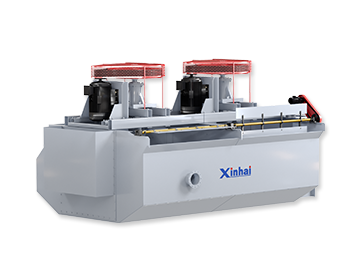
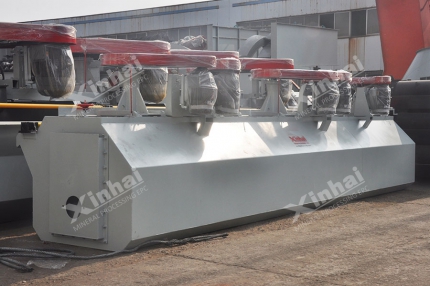
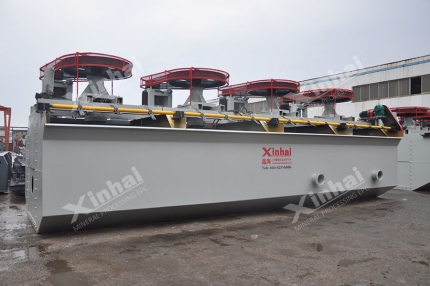
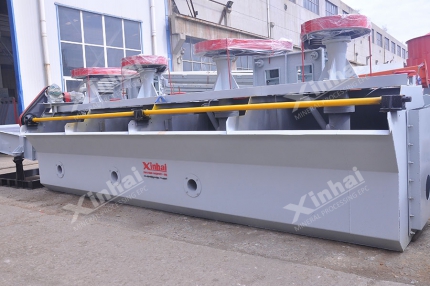
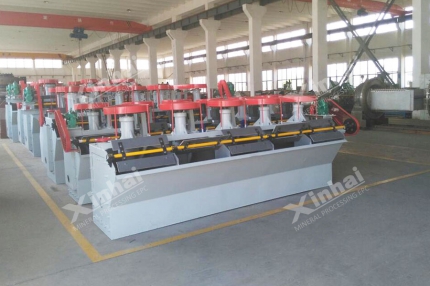
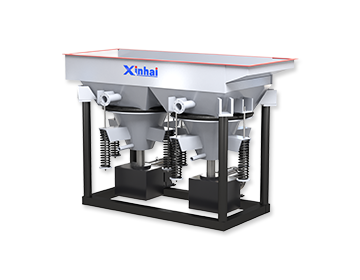
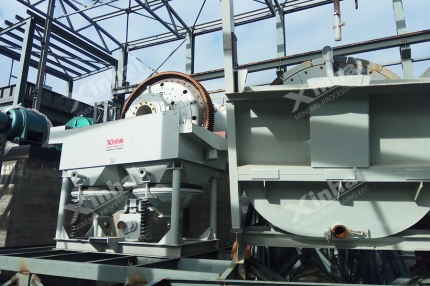
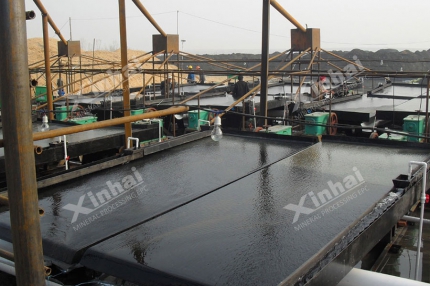
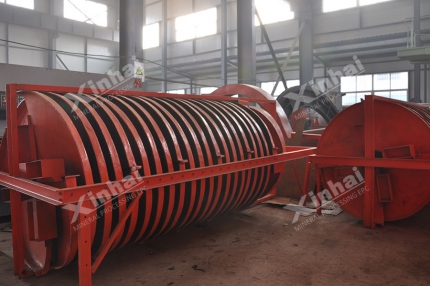
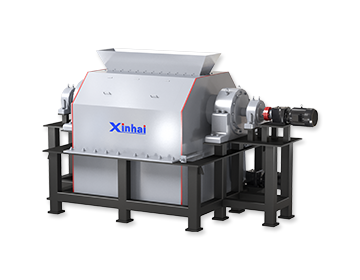
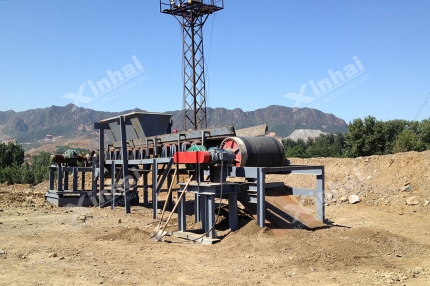
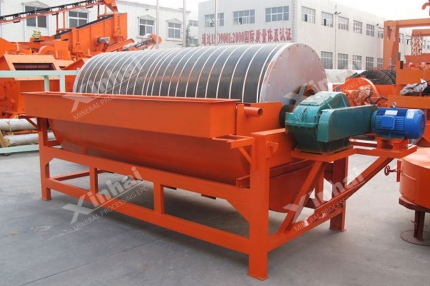
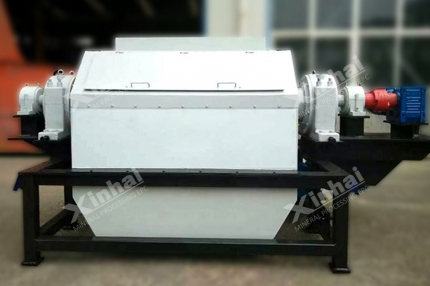
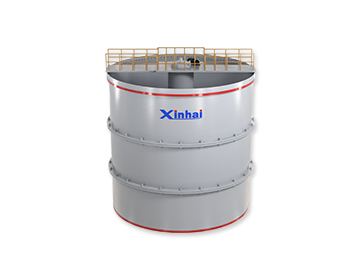
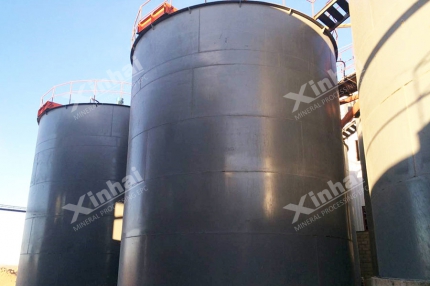
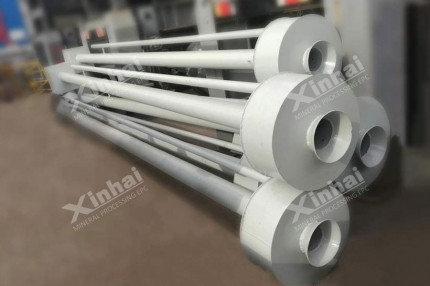
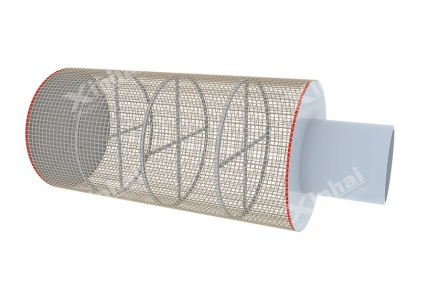
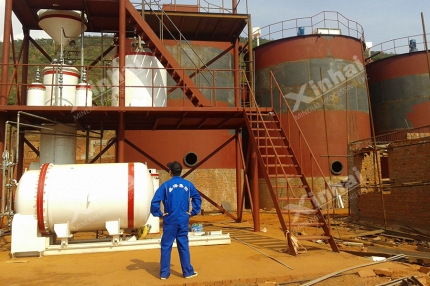
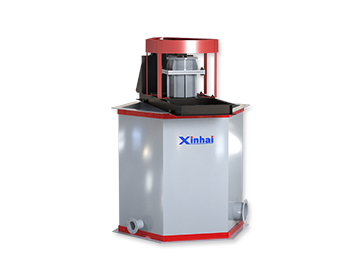
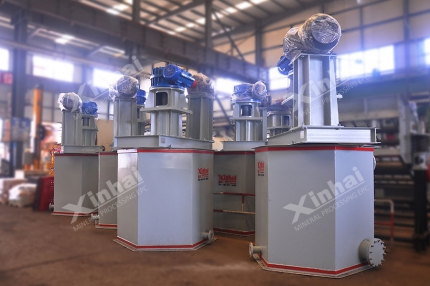
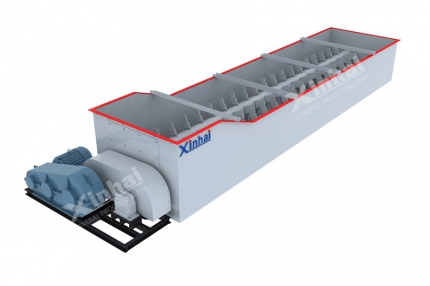
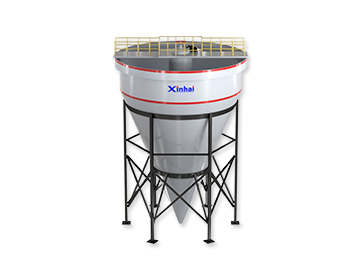
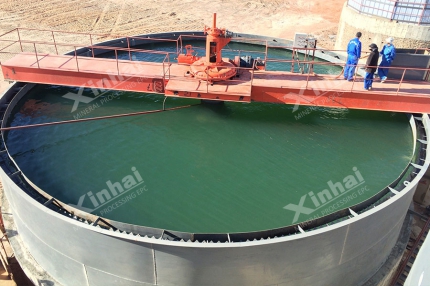
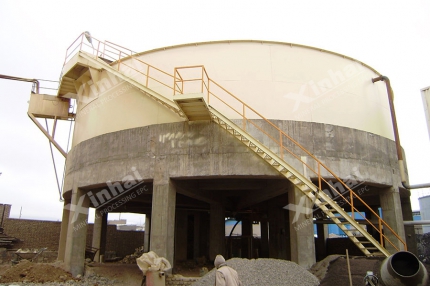
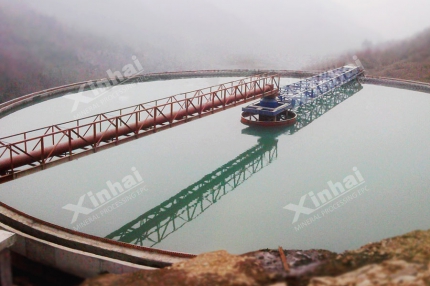
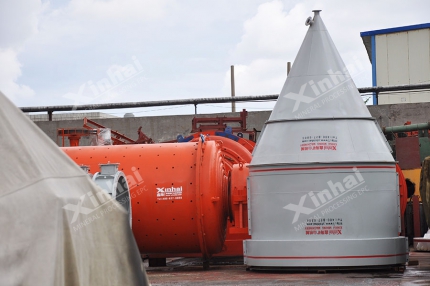
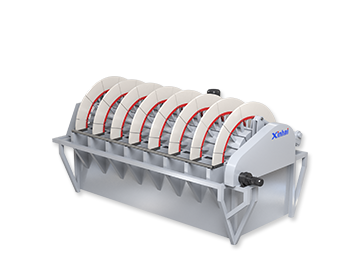
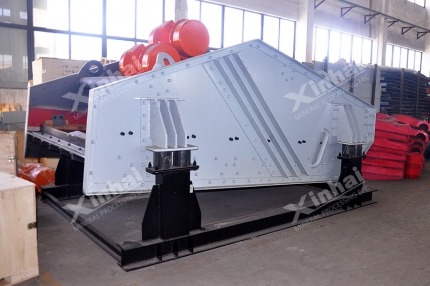
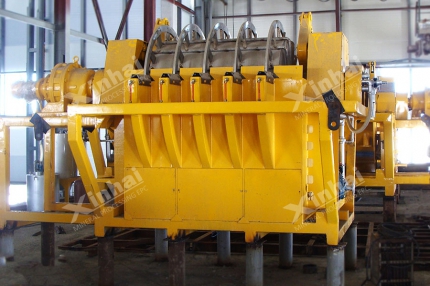
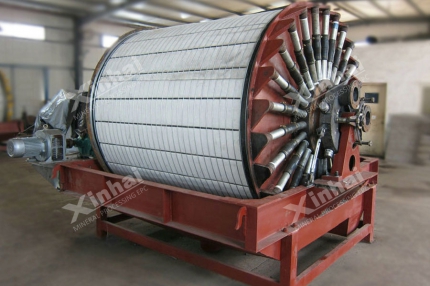
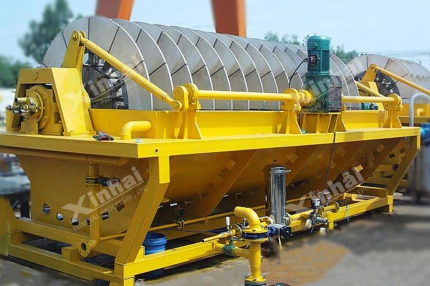
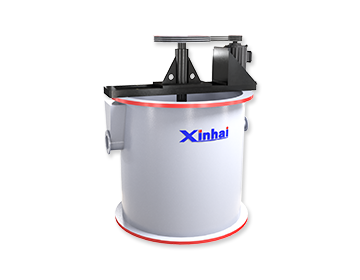
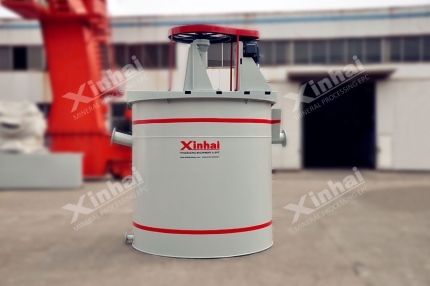
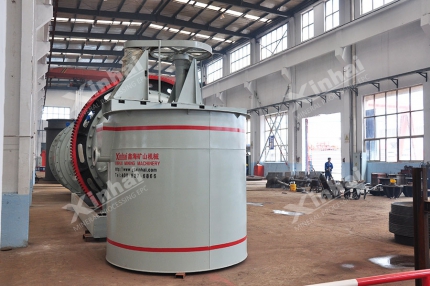

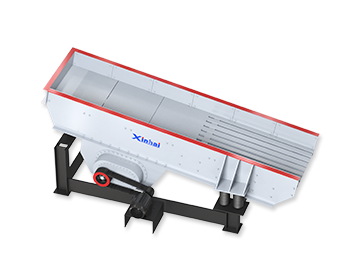
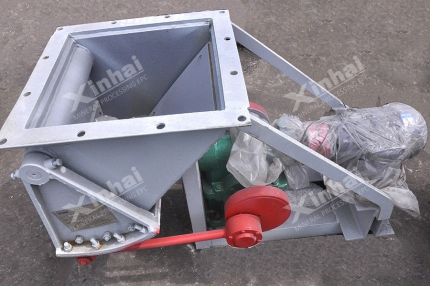
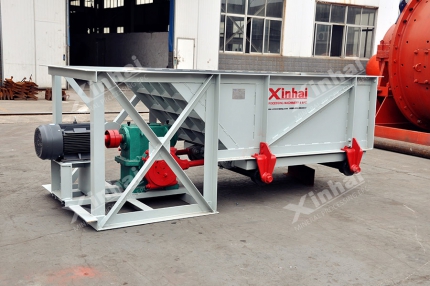
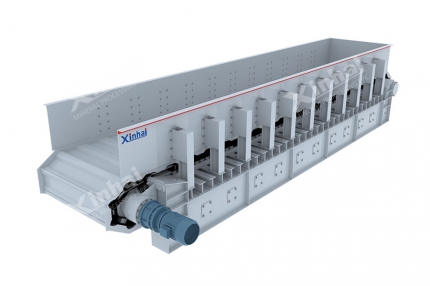
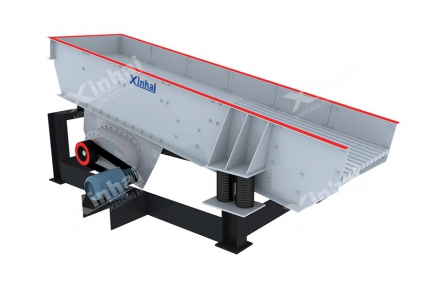
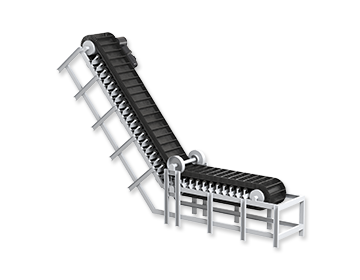


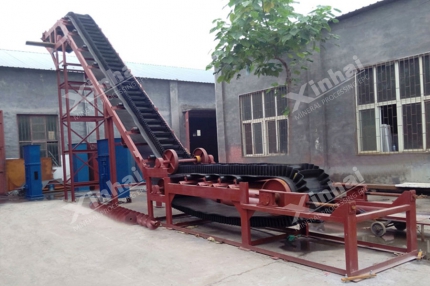
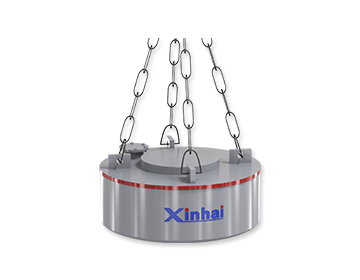
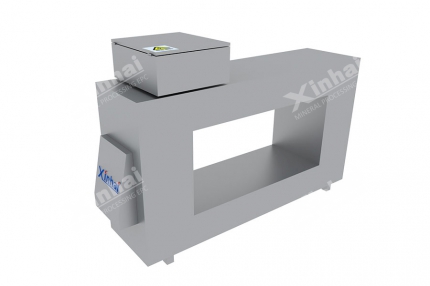
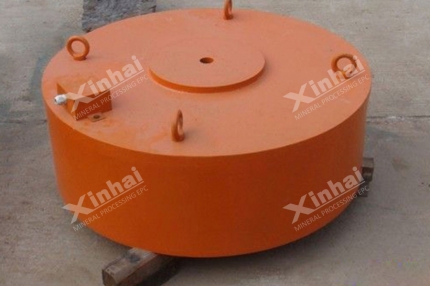
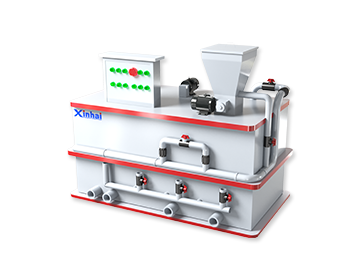
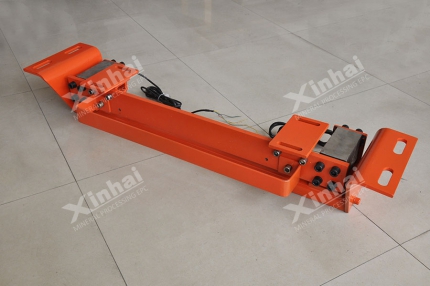
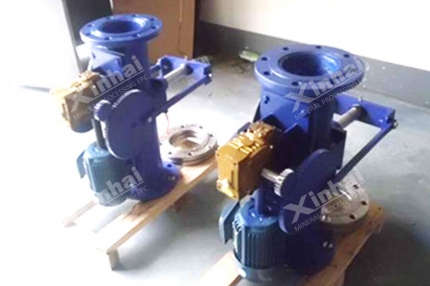
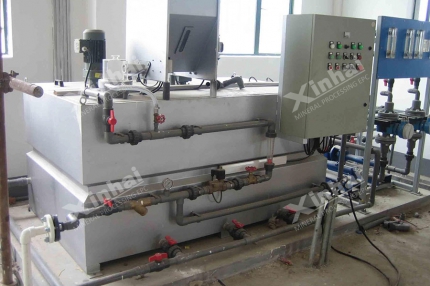
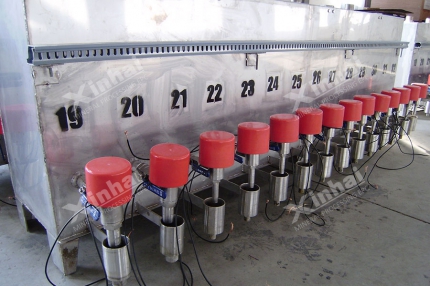
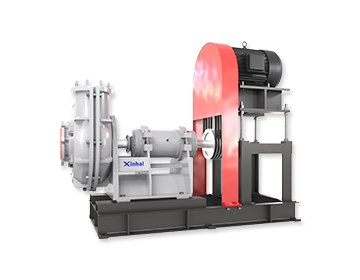
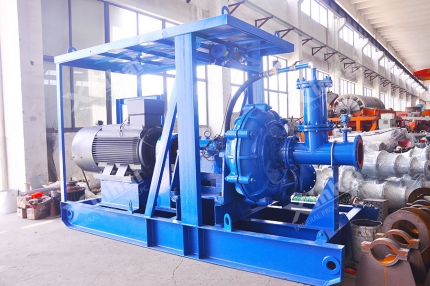

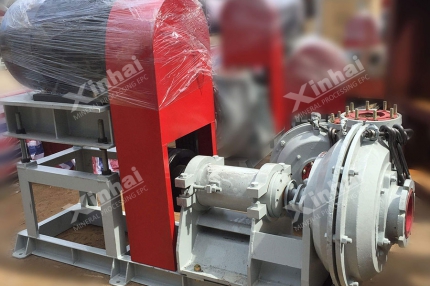
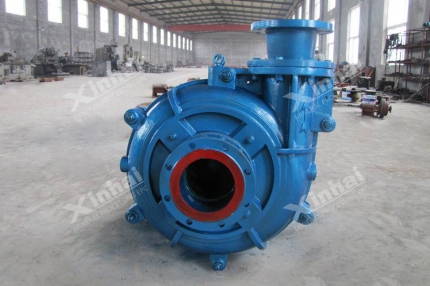
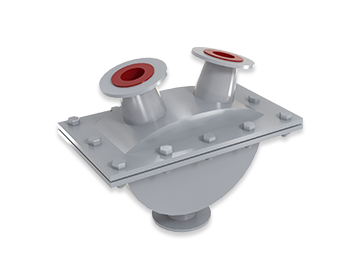
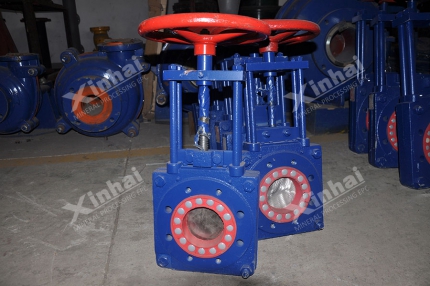
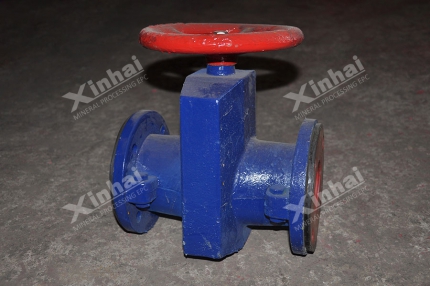

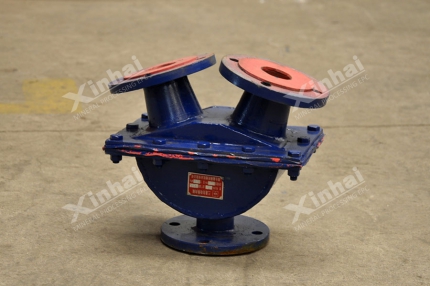
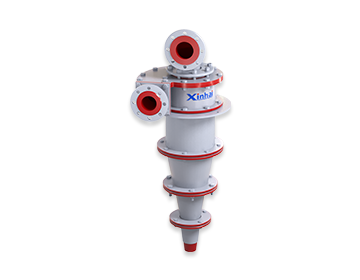

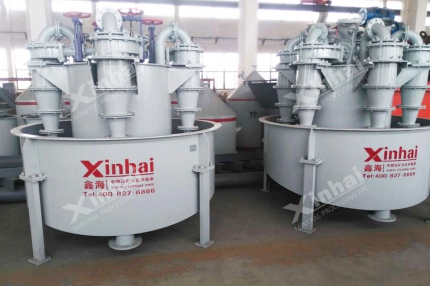
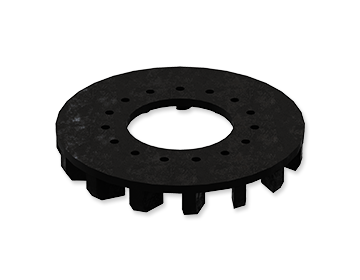
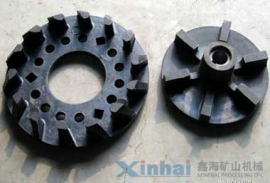
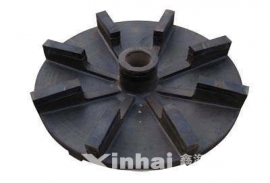
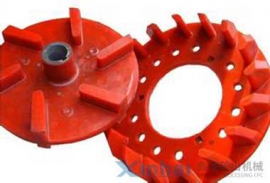
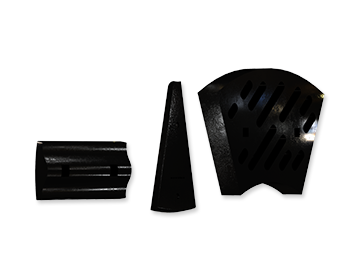
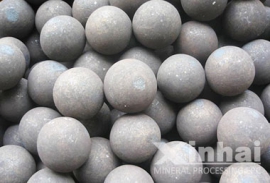

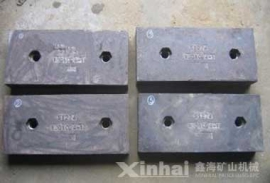

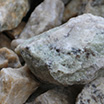
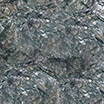
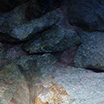
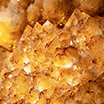


 CHAT
CHAT MESSAGE
MESSAGE


